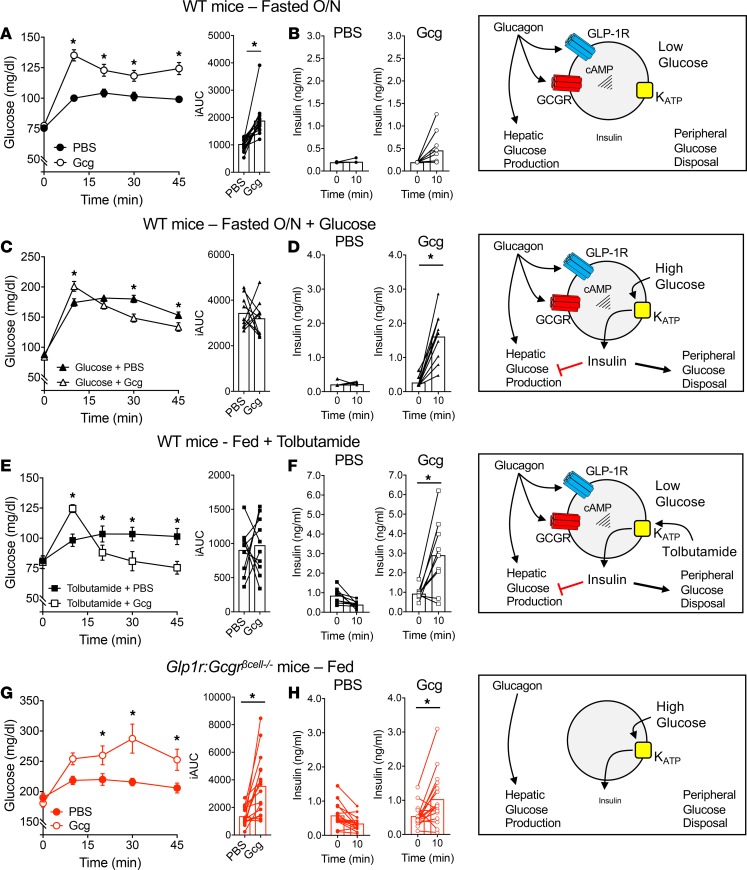Figure 2. The glycemic effects of glucagon depend on β cell activity.
(A and B) High-dose (1 mg/kg) glucagon given to mice fasted overnight (A) increases plasma glucose and (B) does not stimulate insulin secretion. (C and D) Coadministration of 1 mg/kg glucagon with 0.5 g/kg glucose to mice fasted overnight (C) produces lower glycemia compared with glucose alone and (D) stimulates an increase of ~6-fold in insulin secretion. (E and F) Ambient-fed mice treated with tolbutamide (100 mg/kg) to lower glucose to fasting levels respond to glucagon (1 mg/kg) with (E) lower glycemia and (F) increased insulin secretion of ~3-fold. (G and H) Glucagon (1 mg/kg) given to Glp1r Gcgrβcell–/– mice (G) increases glycemia and (H) produces a ~2-fold increase in insulin secretion. *P < 0.05 vs. PBS control (A, C, E, and G) or 0-minute value (D, F, and H); values are mean ± SEM. Statistical tests: Student’s paired t test (B, D, F, and H) and 2-way ANOVA (A, C, E, and G).

